
Vladimir Putin is not attempting to wage war indefinitely. He is attempting to shatter Ukraine’s capacity to fight at all. Russian strategic thinkers refer to it as causing “unacceptable damage” a deliberate erosion of the combat capability and morale of Ukraine to the point where Kyiv will have no option other than to surrender. The plan rests on Russia’s demographic strength, its increased military-industrial complex, and an ability to accept appalling losses that would be political suicide in the West.
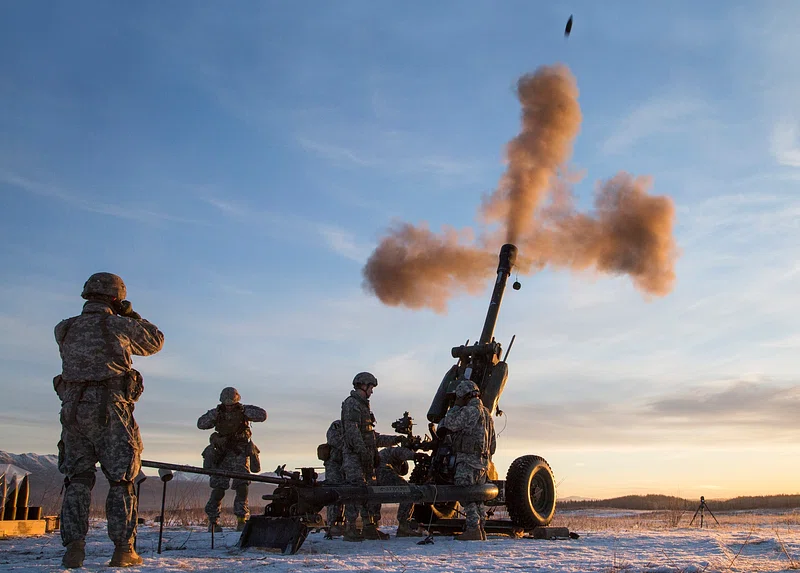
1. The Attrition Playbook
In the Russian calculation, wars of attrition are won by economies, not armies. According to one analysis of attritional warfare, “the side that accepts the attritional nature of war and focuses on destroying enemy forces rather than gaining terrain is most likely to win.” Russia’s military has moved from maneuver warfare to grinding set-piece battles, using artillery, drones, and glide bombs to wear down Ukrainian forces. The objective is not sudden breakthroughs but the gradual reduction of manpower, equipment, and morale.
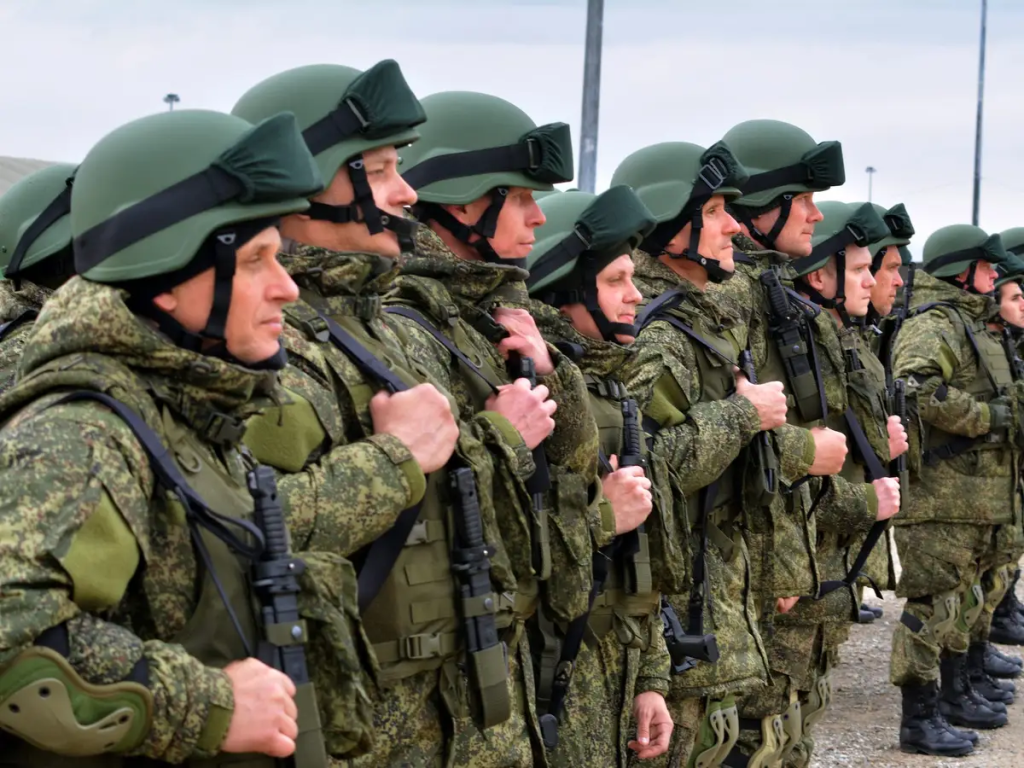
2. Ukraine’s Manpower Crisis
Ukraine’s typical soldier is now around 45 years old. Lowering the draft age from 27 to 25 in 2024 has failed to keep recruitment anywhere near losses. Desertion is at an all-time high, and U.S. officials have been pressing Kyiv to mull mobilizing 18–25-year-olds. President Volodymyr Zelensky has pushed back, pointing to inadequate gear for current troops. “The priority must be supplying missiles and reducing Russia’s military capability, not Ukraine’s age of conscription,” he declared. This population crunch is exacerbated by the deterioration of seasoned junior officers and NCOs, undermining combat performance.
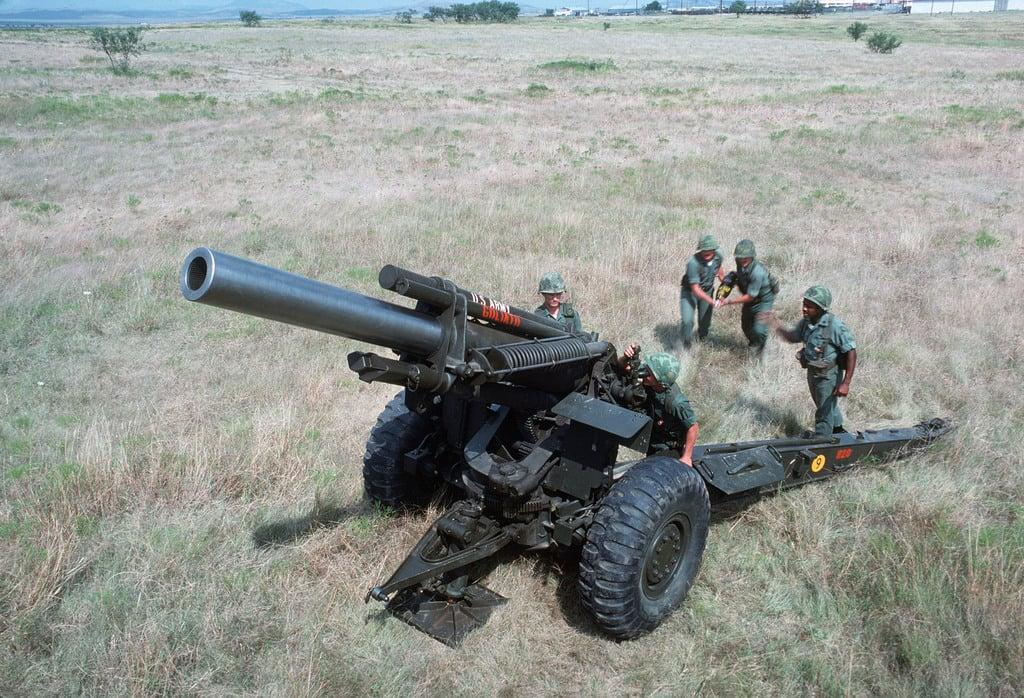
3. Ammunition: The Decisive Metric
Artillery is the pillar of this war. In June 2024, Russia laid down a projected 44,500 shells a day to Ukraine’s 14,600. Russia’s own ammunition production jumped to 4.5 million rounds a year, trouncing European output. By comparison, the U.S. had only just ramped up 155mm shell production to 70,000–80,000 monthly still short of Ukraine’s requirements in an intense battle. The gap leads Ukraine to have to ration fire, giving tactical initiative to Russian forces.
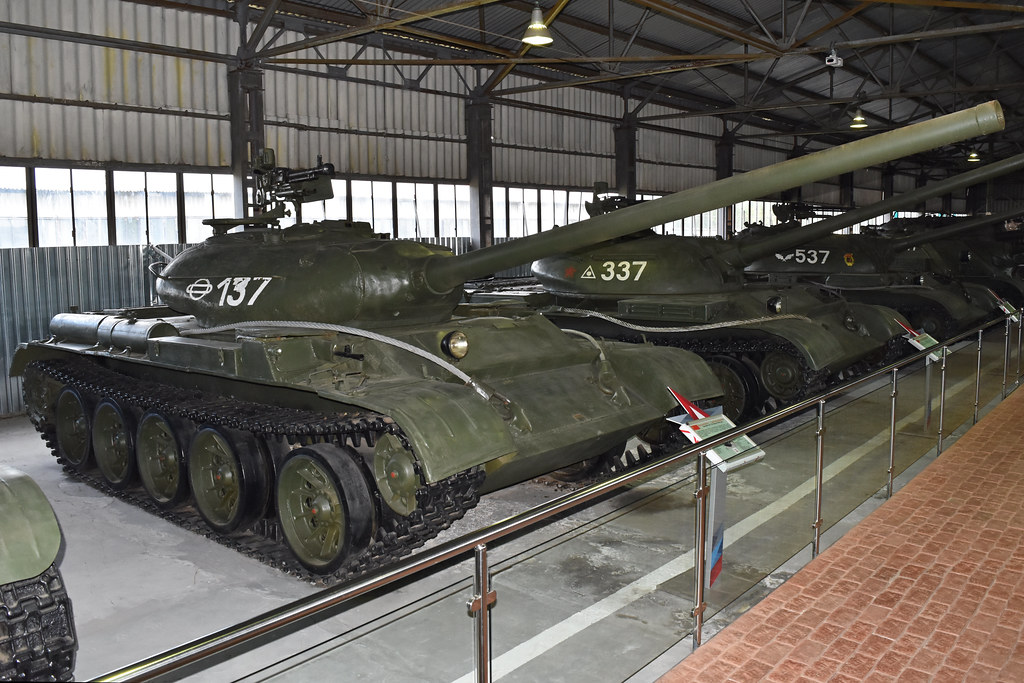
4. Russia’s Industrial Mobilization
The Russian war industry complex has been in a wartime mode since prior to the 2022 invasion. As of late 2023, Moscow had rolled out idled factories, switched to three-shift operations, and created more than 520,000 defense positions. Centralized management by conglomerates such as Rostec enables quick shifting of resources. Even refurbished Soviet tanks and artillery systems taken out of storage are supplied in significant quantities Col. Gen. Oleksandr Syrskyi approximated that Russian tank strength doubled, from 1,700 to 3,500, from 2022 to 2024.
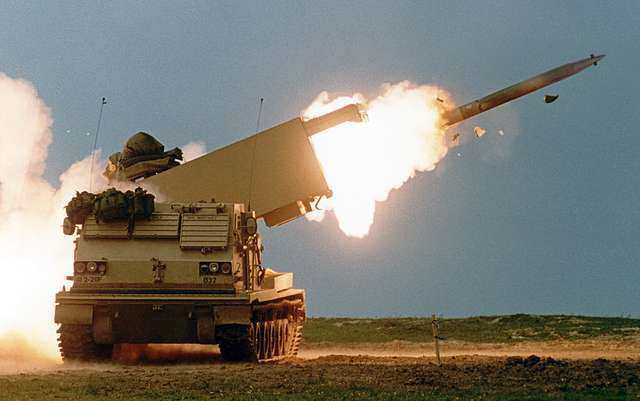
5. Western Stockpile Strain
Almost three years of resupplying Ukraine have revealed the extent of U.S. and NATO inventory limits. The Pentagon temporarily stopped deliveries of key munitions, such as Patriot interceptors and GMLRS rockets, in July 2025 to preserve inventory for other theaters. CSIS’s Mark Cancian remarked that artillery, rocket systems, air defense munitions, and anti-tank weapons are “especially stressed.” War-gaming has demonstrated that in a high-intensity fight with China, the U.S. would deplete important munitions in weeks.

6. The Multi-Theater Problem
The U.S. military is structured for one large war at a time. Experts caution that concurrent conflicts Taiwan, Korea, Ukraine, and Middle East contingencies are more and more conceivable. The 2024 Commission on the National Defense Strategy concluded the United States “lacks both the capabilities and the capacity” to deter and win multi-theater combat. This spreading of forces is exacerbated by a “tyranny of the present” in budgets, where short-term readiness takes priority over long-term modernization.
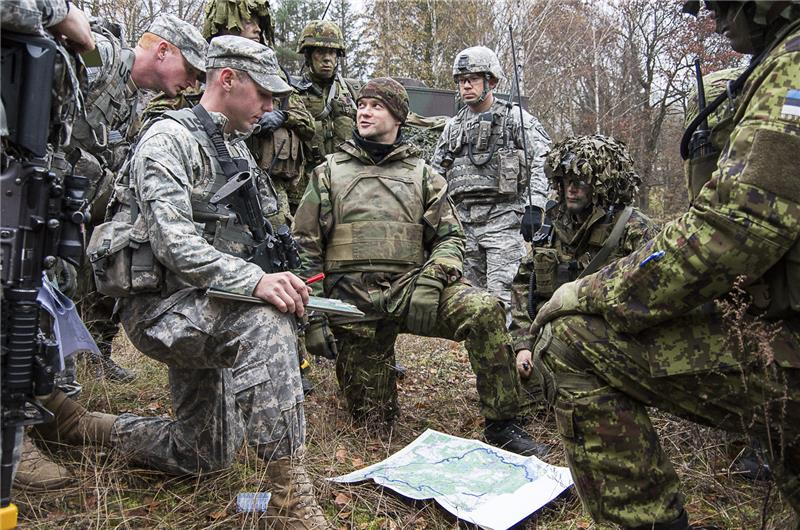
7. War-Gaming Insights
In open and classified simulations, U.S. “Blue Teams” opposing Russian “Red Teams” typically encounter the same dilemma facing Ukraine today munition burn rates that are extremely high, quick depletion of trained men, and political limitations on mobilization. The U.S. Army doctrine anticipates 24,000 casualties per month in a major theater war figures that would necessitate a de facto immediate call to reinstate the draft. In America and Europe alike, such a step could be politically devastating.
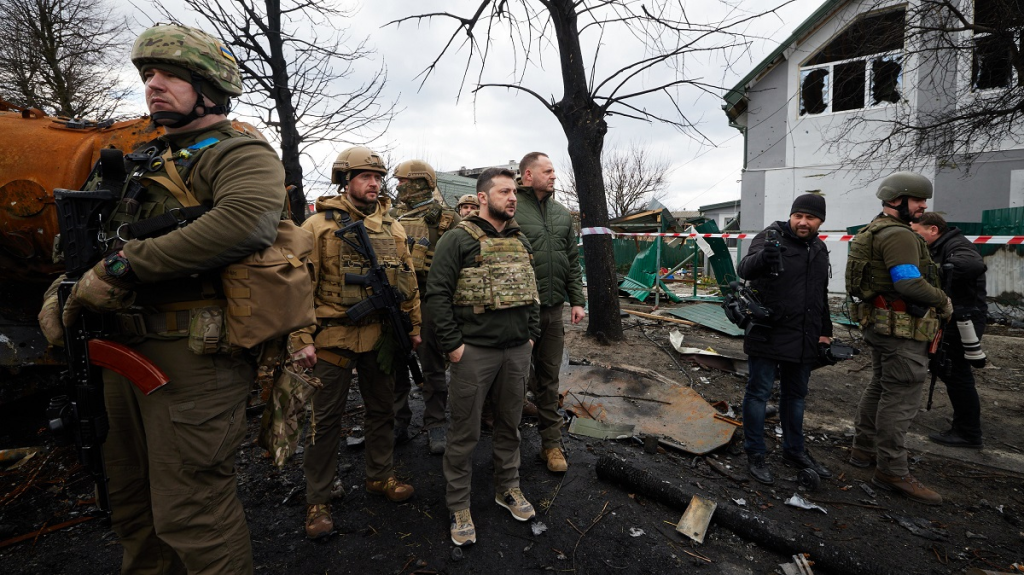
8. The Limits of Russian Power
Despite the benefits, Russia’s battlefield performance has been unimpressive. Its average daily advance in Donetsk since January 2024 stands at 135 meters, and net territorial gains stand at less than 1% of Ukraine. Equipment losses continue to be acute 2:1 to 5:1 favoring Ukraine in some categories. However, in a war of attrition, modest gains can prove decisive if the enemy’s ability to rebuild forces fails first.

9. Strategic Signaling
Putin’s offer to sit down with Donald Trump in Alaska is not so much about peace as about appearances. Standing with the U.S. president sends a message to Russian and foreign audiences alike that Russia is not alone and can negotiate on an equal basis. For Putin, the actual negotiation is on the battlefield, where the currencies that count are industrial production, manpower reserves, and political will.
The course is set unless Ukraine and its allies can narrow the production, recruitment, and persistent logistics gap, Russia’s attrition strategy will continue to wear down its adversary. In this type of conflict, the most critical battles are waged in factories, training bases, and legislative halls as much as on battlefields.


